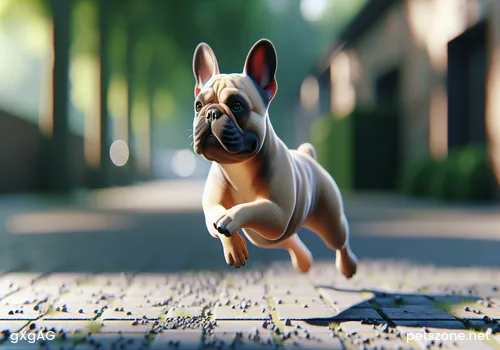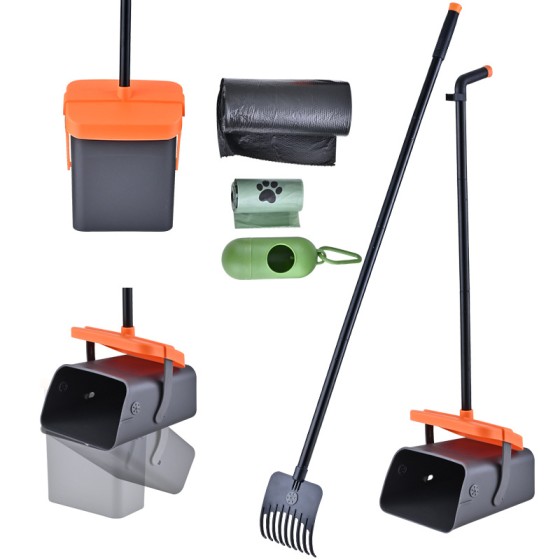How to Make Friends with Stranger Dogs

Maltese (detailed introduction)
If you are a dog lover and when you see a very cute dog, you certainly want to go up and pet it or hug it! Although you have a very enthusiastic heart, not all dogs will welcome this, so at this time you need to use your intelligent brain to find a way to approach it.
1. Do not easily contact stranger dogs after dusk
Dogs’ alertness increases at night, so if you encounter a stranger dog at night, it is best not to approach it easily.
2. Avoid squatting beside the dog
Try to lower your posture; standing tall in front of a dog gives it a sense of oppression and is not conducive to further communication. For small dogs, you can half-squat on the ground to communicate, but for large ferocious dogs, never squat or crouch beside them because if the dog attacks you, you will not be able to avoid it in time, which can have serious consequences.
3. Your aura is very important
For gentle and affectionate dogs, you don’t need to exert much effort; simply speak gently to it, pet it, and tease it a little to complete the friendly process. Your thoughts and attitude toward the dog are perceived through your aura by the dog. Don’t think this is mystical — it really is true.
4. Do not stare directly into its eyes
Whether it’s a person or a dog, staring directly into the other’s eyes is a provoking behavior and can anger the other. So when interacting with dogs unfamiliar to you and wary of you, never stare into their eyes.
5. Wagging tail does not always mean friendliness
A dog’s thoughts are reflected through its movements. Generally, when a dog is angry and aggressive, it will raise the hair on its body, especially on the shoulders, making it look bigger than usual. Also, tail wagging does not always indicate friendliness; a friendly tail wag is soft, while a warning or impending attack results in a stiff wagging of the tail.

Labrador Retriever (detailed introduction)
6. How to deal with fierce dogs
Do not immediately approach it; first make friendly conversation with its owner within its sight so it sees the owner is friendly to you. Note that your body language must not be large or abrupt, as this will raise the dog’s guard. Do not stare into its eyes, genuinely love it so the dog feels you are friendly and not threatening. If the dog keeps lunging and barking at you, do not shout loudly or pretend to hit it — do not try to overpower it; instead, let it calm down before communicating further.
7. Ask the dog’s owner
The dog may look friendly, but you don’t know if it has any special taboos or places it cannot be touched. Ask the owner about the dog’s temperament. Also, having the owner nearby will make the dog feel much more at ease.
8. Observe the dog’s status
If the dog is not barking, jumping, or tucking its tail between its legs, it means the dog is not strongly resisting or rejecting you. Then put your hand behind the dog’s nose so the dog can see your hand, do not clench your fist.
9. Attempt to approach the dog
Let the dog sniff your hand; if the dog looks at you and then averts its gaze from your hand, it means the dog has relaxed its guard. You can open your palm and slowly extend your fingers to touch the dog gently. If the dog still shows no signs of aggression or avoidance, slowly place your hand under its jaw and chin and pet it gently. If you have successfully done this, you can place your hand on its back or head area and gently stroke the dog.
Note: Some dogs do not like strangers touching their heads. Some dogs don’t like others touching their rear end. Any growling, tail drooping, or sudden movement signals mean you need to stop what you are doing.
10. Offer the dog treats or toys it likes
This is very effective for dogs that love to play and like treats. Try to use treats or toys to distract it, focusing its attention. When the dog accepts what you offer and happily eats or plays, becoming friends with it will not be difficult.





-560x560.webp)